Mammary Glands: Anatomy, Development and Diseases
This book is a compilation of manuscripts that encompass a breadth of information from different species including rodents, dogs, cows, goats, and sheep. Normal developmental processes are covered and anatomical features are discussed, as well as the impact and significance of environmental chemicals and epigenetics on the mammary gland. In terms of disease states, cancer and mastitis are the most impactful in the fields of human medicine and livestock management, respectively, in the context of mammary gland biology. Therefore, this book presents in depth analyses of these diseases over several chapters and different model systems. Rodent and canine cancer models are discussed, which are very relevant in understanding the roles that genes and the environment play in human breast cancer. In the livestock industry, mastitis in the dairy sector has a deep economic impact globally, and results in over a billion dollar loss annually. Several chapters are devoted towards this disease in dairy cattle, sheep and goats, with an underlying theme of generating newer detection strategies to detect infections at an earlier stage. An up-to-date description of the most important signaling pathways and mechanisms that impact both development and disease are included. A gamut of sub-disciplines are found throughout the book that covers the main aspects of anatomy, physiology, cell biology, genetics, and molecular biology in both development and diseases of the mammary gland.
{{comment.content}}
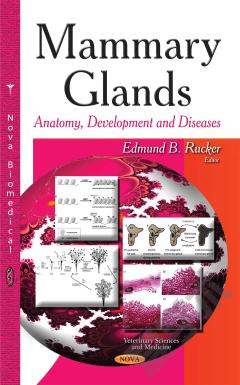

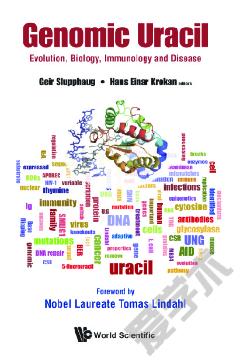
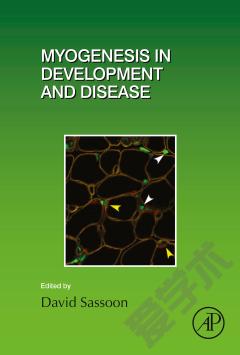

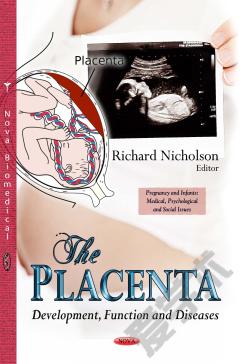
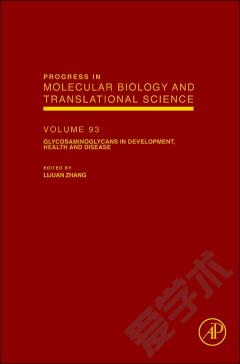

 京公网安备 11010802027623号
京公网安备 11010802027623号